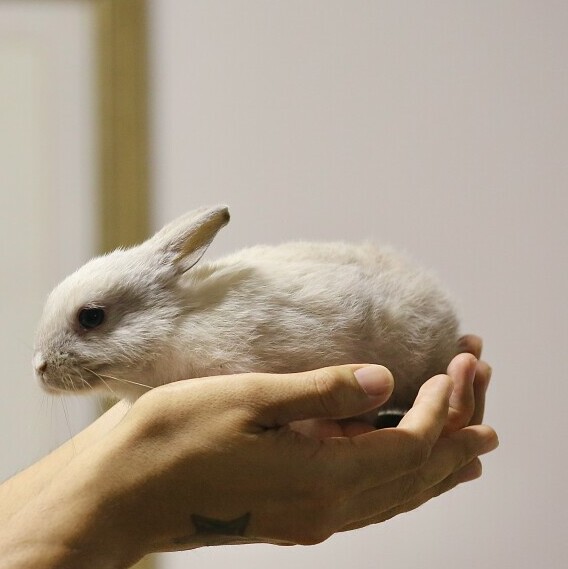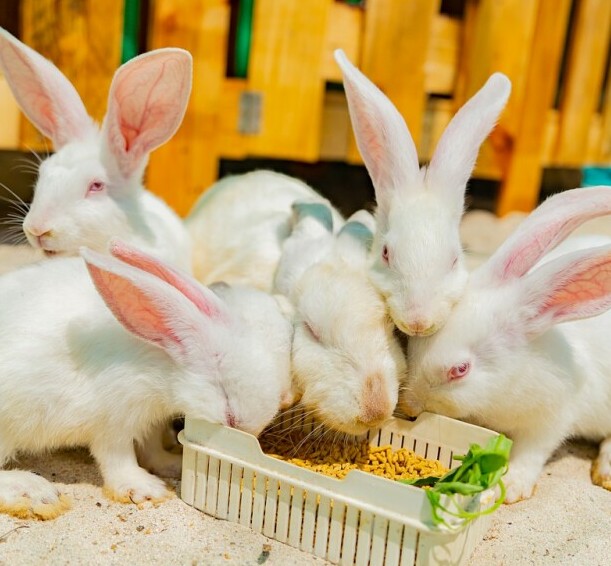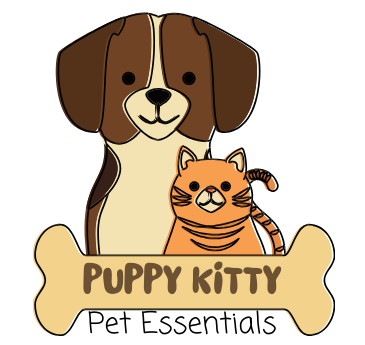Hello, it’s Bob here and wow, Easter is right around the corner. I thought I should share some great tips on the care for buddy’s of the Easter Rabbit: Your Pet Rabbit! You might think that this is a good time to get a pet rabbit for you and yours. All fur babies need great homes. I have some essential tips for those of you first-timers.
Sure, Easter may have you in the mood for a hoppy addition to your family, but remember, rabbits are more than just holiday symbols; they are creatures that require love, attention, and a commitment that lasts far beyond the Easter season. A rabbit can be a fantastic companion, but before you bring one home, consider that they need a considerable amount of care to thrive and be happy.
Embracing the responsibilities of pet rabbit ownership goes hand in hand with understanding that these adorable creatures have a lifespan of up to 10 years or more. So, choosing to embark on the journey with a pet rabbit isn’t just a festive decision; it’s a long-term dedication to becoming a cherished member of your family.
Now, if you’re seriously considering adding a furry friend to your fold, the next big step is creating a suitable habitat where they can flourish. That’s going to include considering the space they’ll need, the type of enclosure that’s best, and the daily necessities that keep them healthy and happy. So hop on, and let’s explore the building blocks for setting up a stellar rabbit residence in the next section.

Creating a Cozy Rabbit Haven: Housing and Habitat Essentials
You’ve decided to bring a new fluffy friend into your home, and it’s not just about cuddles and cuteness; ensuring your rabbit has a comfortable living space is crucial. I’m going to help you understand what makes for a cozy rabbit haven.
First up, size matters when it comes to housing. Your rabbit needs to be able to hop, stretch, and stand on its hind legs without any constraints. Opt for a cage or hutch that’s at least four times the size of your bunny. Remember, bigger is always better in this case!
Airflow is another key element. A well-ventilated space is vital for your rabbit’s health because it helps prevent respiratory issues and keeps the air fresh. If you go for an outdoor hutch, it must provide protection from the elements and predators while still allowing for good ventilation.
Housing isn’t just about the structure; consider the bedding as well. Choose bedding that’s absorbent and safe for rabbits. Paper-based or aspen shavings can be good choices, but steer clear of cedar or pine, as they can be harmful to bunny respiratory systems.
When it comes to tidiness, think routine. Daily spot-cleaning of their eating and bathroom areas keeps things sanitary, and a full clean-out weekly helps prevent the build-up of harmful bacteria that can affect your rabbit’s health.
Pro tip: while you’re cleaning, consider this a chance to inspect the space for any chewed areas or potential escape points. Rabbits are curious and love to gnaw, so ensuring their habitat is safe and secure is a continual task.
Feeding Your Furry Friend: Nutrition and Diet Guidance
So, you’ve got your rabbit’s home all set up. Now, let’s talk about keeping that little guy well-fed and healthy. Their diet isn’t just about keeping bellies full; it’s about providing the right nutrients for digestion and dental health, and trust me, a proper diet goes a long way.
First thing’s first: hay should be your rabbit’s best friend—and yours. Here’s why. Rabbits need a constant supply of hay, and when I say constant, I mean 24/7. Good quality grass hay, like timothy or orchard grass, isn’t just filler; it’s essential for their digestion and keeps those ever-growing teeth in check. It helps prevent nasty health issues like GI stasis, obesity, and dental disease, which are no fun at all.
Now, imagine your plate filled with colorful, fresh veggies—that’s what’s next on the menu. Mixing in a variety of greens like romaine lettuce, kale, and spinach, along with treats like carrots and bell peppers, not only adds essential vitamins but also keeps mealtime exciting. Just remember to introduce anything new slowly to avoid upsetting their sensitive tummies.
Rabbit pellets can be part of a balanced diet but think of them as a supplement, not the main course. Choose pellets that are high in fiber and low in protein, and I can’t stress this enough—avoid those with added sugars or morsels that look more like candy than food. A small handful per day is enough.
I really hope that this nutrition guide gives you a clearer picture of what your rabbit’s diet should look like. It’s not about complex recipes; it’s about simple, natural, and healthy choices. Choose something that resonates with you, and you’ll find that your rabbit’s health and happiness will show you that you’re on the right track.

Caring for Your Companion: Health, Handling, and Happiness
Now, as you’ve learned about providing a proper diet, it’s time to focus on the lasting bond and health of your pet rabbit. I’m here to help you with some straightforward advice on handling, health care, and keeping your rabbit happily hopping around.
First and foremost, gentle handling is key. When you pick up your rabbit, support their hindquarters; never lift them by the ears or scruff. This isn’t just about being kind; it’s about preventing injuries. Rabbits are delicate, and they rely on you to handle them with care.
Enrichment plays a huge role in your rabbit’s life. Think about it: would you want to sit in a room with nothing to do all day? Probably not, and neither does your rabbit. They adore toys, tunnels, and hideouts for exploration. Offer safe chew options like untreated wood to keep those teeth in shape. Plus, playtime is a great way to bond!
You’re going to find out that rabbits are pretty good at hiding when they’re feeling unwell. So, keep an eye out for any changes in their appetite or bathroom habits, because these could be early signs of health issues.
Don’t skip on regular vet visits. Find a vet skilled in rabbit care for check-ups and vaccinations against diseases like RHD and myxomatosis. And consider spaying or neutering to nip potential health and behavioral issues in the bud.
Remember, rabbits are more than just a festive symbol; they are companions that need attention, love, and care. Your efforts to provide a safe, healthy, and engaging environment for your rabbit will pave the way for a long and joyous companionship.
